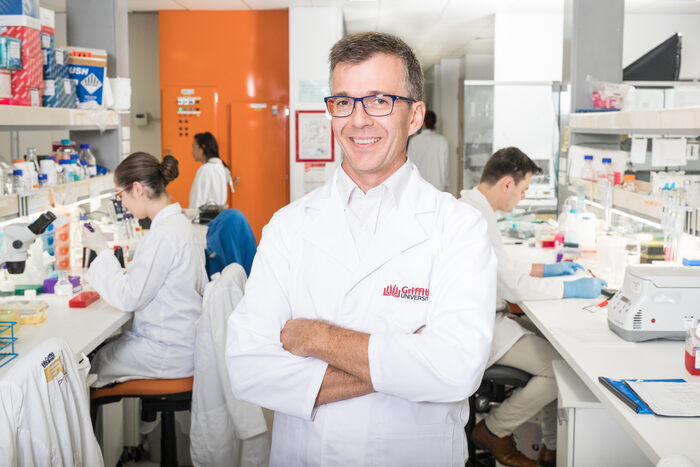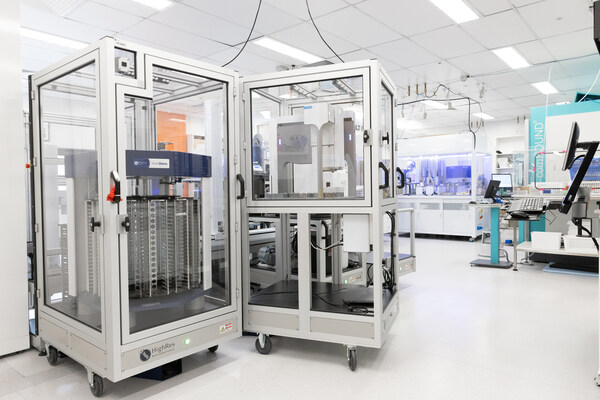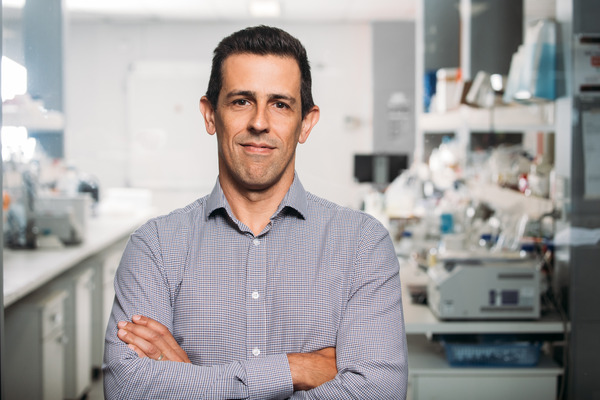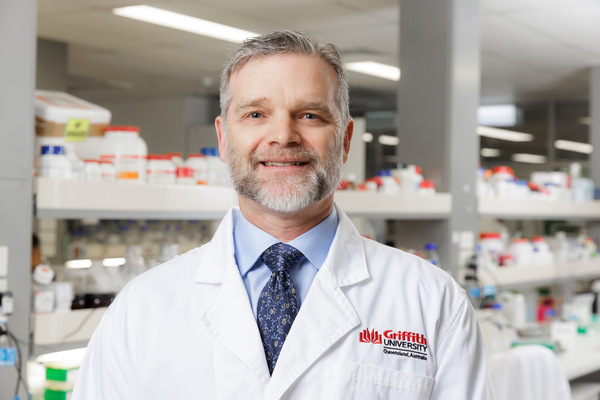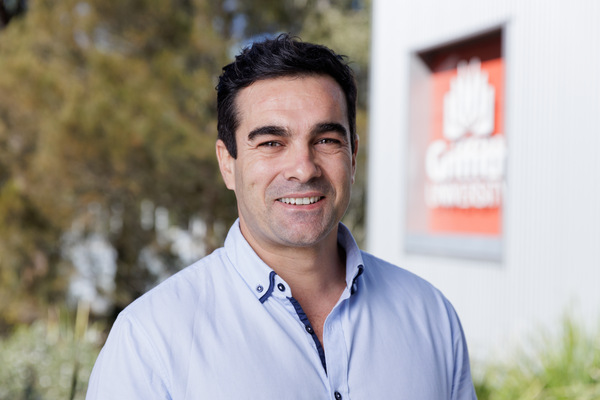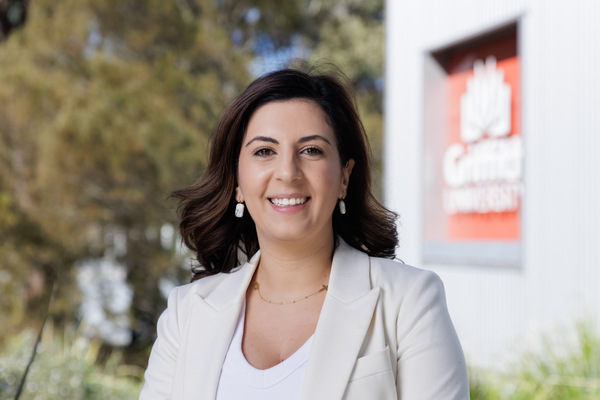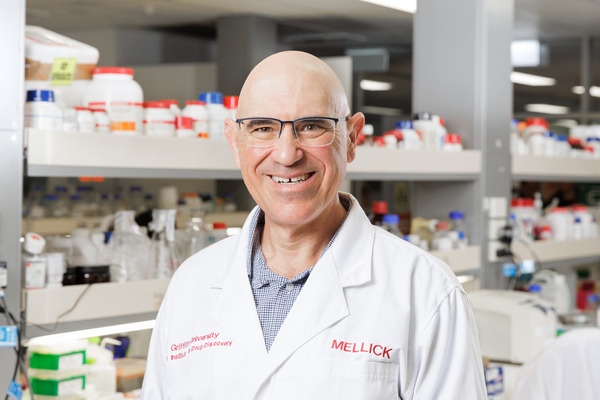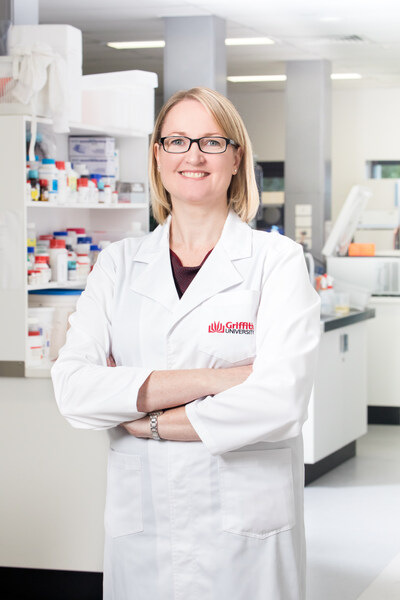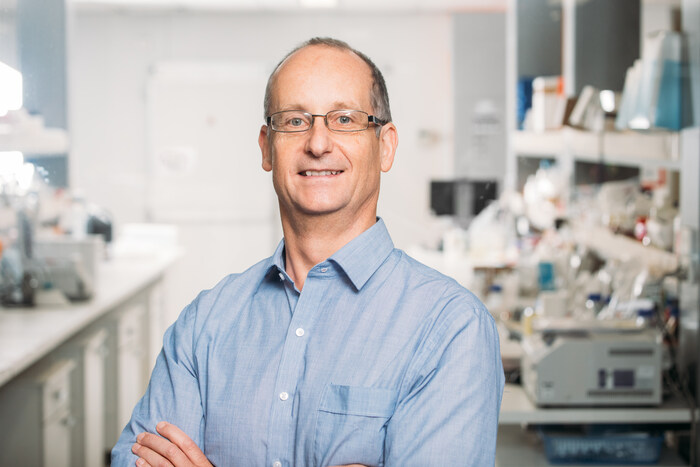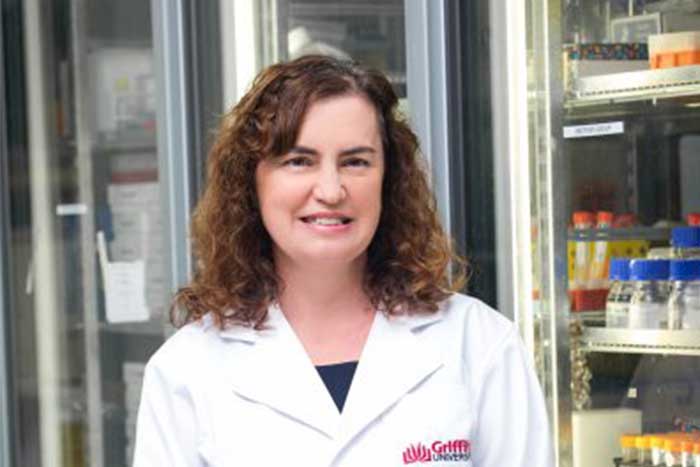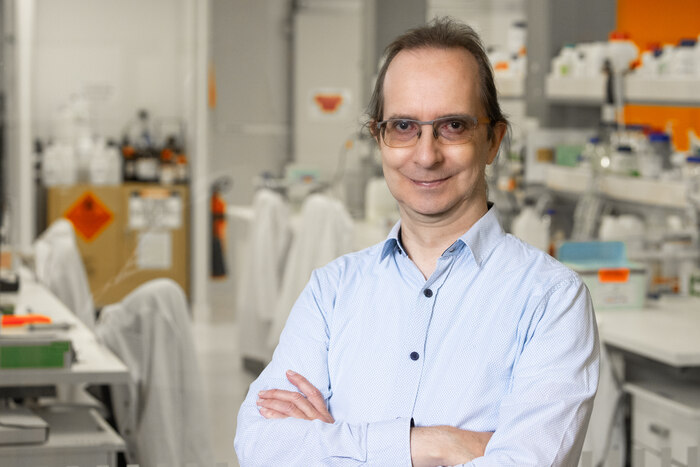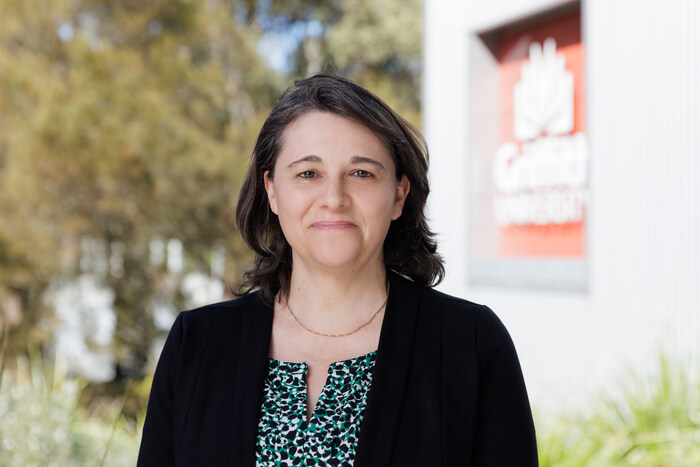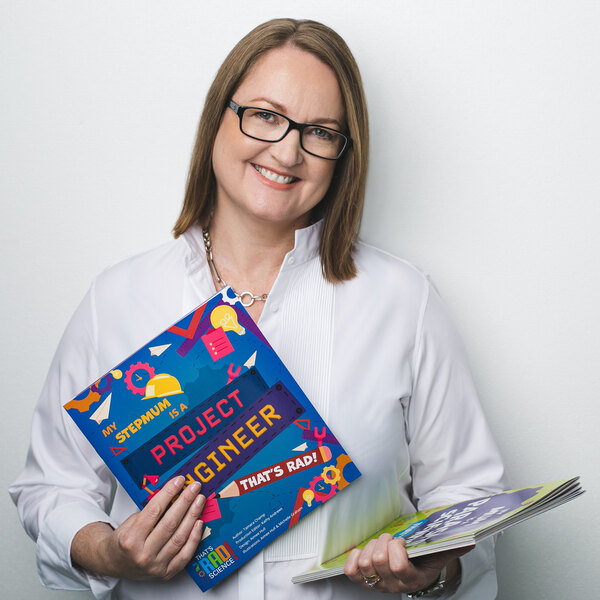While the word ‘virus’ may elicit all kinds of negative associations, there is much to be learnt from these sub-microscopic entities, including how to battle diseases.
While the word ‘virus’ may elicit all kinds of negative associations, there is much to be learnt from these sub-microscopic entities, including how to battle diseases. ‘Virus-like particles’ such as those being examined by Dr Frank Sainsbury and his team at the Centre for Cell Factories and Biopolymers, Griffith Institute for Drug Discovery (GRIDD), Griffith University, may in fact be the answer to a range of health problems.
“Because of their size and capabilities, viruses are able to move relatively easily through the body, into cells and importantly, into compartments within cells. Virus-like particles are non-infectious mimics of viruses that can often enter cells via the same pathways as the viruses they resemble. They can be used as robust containers for the protection and delivery of therapeutic proteins, drugs and vaccines into cells,” said Dr Sainsbury.
Viruses can’t replicate themselves – so the cells of production hosts such as bacteria and plants are typically used to generate virus-like particles. This process is quite rapid and can dramatically lessen the typical timelines currently required for vaccine and medicine production.
Dr Sainsbury has a strong track record of working across plant biotechnology and virology to develop biotechnologies used by industry to generate health products. His PhD research at the John Innes Centre (United Kingdom) with Professor George Lomonossoff, led to the development of Hypertrans®, a novel plant-based expression system that allows for the rapid and high-yielding generation of proteins and vaccines for research and commercial applications. Hypertrans® underpinned a £5M investment from the Biotechnology and Biological Sciences Research Council (United Kingdom) to build Leaf Expression Systems Ltd. (www.leafexpressionsystems.com). The company produces therapeutic proteins and food ingredients in plants for customers in the health, food and agriculture sectors.
During a postdoctoral project at Laval University (Canada) in collaboration with Medicago Inc., Dr Sainsbury helped to improve the use of plant hosts for virus-like particle and vaccine production. The results from this work now support Medicago’s vaccine development and production pipelines. Medicago Inc. have gone on to use the plant-based expression technology to generate a virus-like particle vaccine against COVID-19 (approved for use in Canada), with other vaccines against seasonal flu, pandemic flu and rotavirus currently progressing through clinical trials.
Currently, Dr Sainsbury and his team are working on gaining a more in-depth understanding of how different viruses self-assemble and how they can be used to encapsulate different cargoes. This will allow them to design and modify further virus-like particles for a range of uses. For example, they discovered that one virus found in mice is able to carry protein cargos through inhospitable environments and into a specific subcellular compartment in human cells.
“With the enormous existing design space among viruses that could be used as carriers, there is still much to learn from studying them. We’ll continue to push the boundaries of how virus-like particles can assemble and what can be learned from using them as medicine transporters, vaccines and biochemical reaction vessels,” said Dr Sainsbury.
Dr Sainsbury and his team are open to collaborations with industry and academic groups. Their research includes the self-assembly of virus capsids and developing methods for their controlled loading with proteins and nucleic acids for applications in biomedicine, biocatalysis and biocontrol.
To learn more about Dr Sainsbury’s research and his contact details:
We are very grateful for any individual or corporate donations and bequests to help us take our research forward. To contribute to GRIDD’s ground-breaking research please find more information here:
Through the GRIDD Director’s Circle you can also help provide career and personal development opportunities for GRIDD’s students and early career researchers.
To keep up to date with developments at GRIDD:
Sustainable Development Goals
Griffith University is aligned with the United Nation’s Sustainable Development Goals (SDGs) and is committed to advancing knowledge, innovation, and practices that promote holistic health and well-being.
